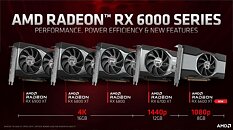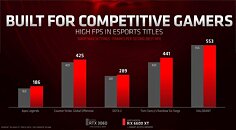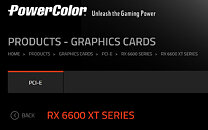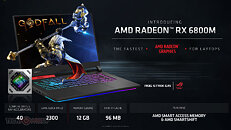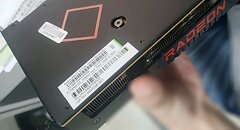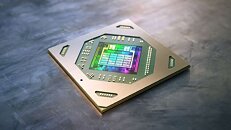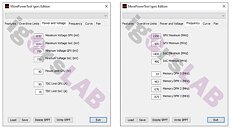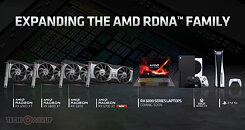
AMD to Reduce RDNA 4 "Navi 44" Chip Package Size
GPU chip packages of the "Navi 4x" generation of GPUs could be generationally smaller than their predecessors, according to leaked package dimensions of the "Navi 44" chip put out by Olrak29_. With its next-generation Radeon RX gaming GPUs based on the RDNA 4 graphics architecture, AMD has decided to focus on gaining market-share in the performance and mainstream segments, ceding the enthusiast segment to NVIDIA. As part of its effort, the company is making RDNA 4 efficient at every level—architecture, process, and package.
At the architecture level, RDNA 4 is expected to improve performance, particularly the performance cost of ray tracing, through a more specialized ray tracing hardware stack. At the process level, AMD is expected to switch to a more efficient foundry node, with some reports suggesting the TSMC 4 nm, such as the N4P or N4X. For a mid-range GPU like the "Navi 44," which succeeds the "Navi 23" and "Navi 33," these mean a rather big leap from the 7 nm or 6 nm DUV nodes. The leak suggests a smaller package, measuring 29 mm x 29 mm. In comparison, the "Navi 23" package measures 35 mm x 35 mm. The smaller package could make these GPUs friendlier with gaming notebooks, where mainboard PCB real-estate is at a premium.
At the architecture level, RDNA 4 is expected to improve performance, particularly the performance cost of ray tracing, through a more specialized ray tracing hardware stack. At the process level, AMD is expected to switch to a more efficient foundry node, with some reports suggesting the TSMC 4 nm, such as the N4P or N4X. For a mid-range GPU like the "Navi 44," which succeeds the "Navi 23" and "Navi 33," these mean a rather big leap from the 7 nm or 6 nm DUV nodes. The leak suggests a smaller package, measuring 29 mm x 29 mm. In comparison, the "Navi 23" package measures 35 mm x 35 mm. The smaller package could make these GPUs friendlier with gaming notebooks, where mainboard PCB real-estate is at a premium.
































